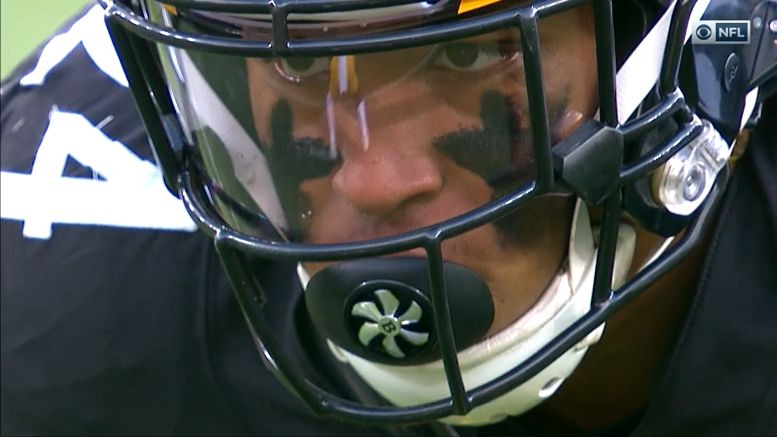The 2020 NFL Draft is drawing near, which seems to be a fitting time to take a look back at the rookie seasons of the Pittsburgh Steelers class from the 2019 NFL Draft. People start talking about the quality of a draft class before said class is even completed, of course, but now we have a year of data to work from.
Over the course of the next several days, I will be providing an overview of the team’s rookies, as well as an evaluation of each rookie that the Steelers drafted, while also noting any undrafted free agents that were able to stick around. This will not include the likes of Robert Spillane and Tevin Jones because they were first-year players, not rookies.
The Steelers went into the 2018 NFL Draft with 10 selections, including two in the third round and three in the sixth, but ended up trading their second-round pick to move up in the first round. They received additional third- and fifth-round picks for trading Antonio Brown, a sixth for Marcus Gilbert, and the other sixth was part of the Ryan Switzer trade the year before.
Continuing a recent trend, the class has proven to be top-heavy in terms of early results, though there are still opportunities for those selected by them in the later rounds of the draft to develop into bigger contributors as well.
Player: Benny Snell
Position: RB
Draft Status: Fourth Round (122nd overall)
Snaps: 166
Starts: 2 (13 games)
All things considered, I think it would be fair to classify Benny Snell’s rookie season as a successful one, given that he came in as a fourth-round pick already behind a Pro Bowler in James Conner, and with Jaylen Samuels having flashed some potential the year before.
A bigger, workhorse back variety, it has to be acknowledged that Snell at times, especially in the preseason and early in the regular season, showed that sluggish caboose. He had a hard time breaking tackles working to the perimeter, getting tripped up for losses when he could have had significant gains if he caught the edge.
The issue persisted but lessened as the year went on, and he showed that he could carry the load, at least as a runner, if necessary in spot work. He ended up with at least 16 carries in five games. In those five, he totaled 88 carries for 370 yards and two touchdowns, averaging 4.2 yards per carry. The Steelers went 4-1 in those games.
His mission heading into his second season is going to be to slim down some and pick up the quickness that he lacked as a rookie. It’s something both Conner and Le’Veon Bell were able to do very successfully heading into their second seasons. He may be auditioning for a starting role for 2021 during this upcoming year.


